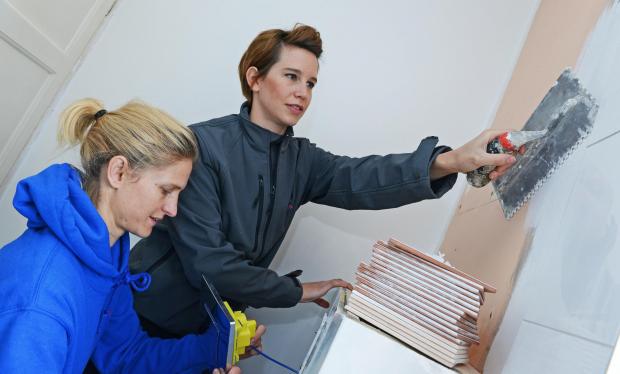As New York City struggles to contain an outbreak of Legionnaires’ disease, two new U.S. government reports show the bacteria that causes the potentially deadly illness can take root in a myriad of water sources.
Those sources can include poorly maintained hot tubs, water fountains and cooling towers, the researchers said.
“The variety of settings and water sources implicated in the Legionella outbreaks reported here highlights the complexity of Legionella control . . . particularly in settings where susceptible persons congregate, such as hospitals, long-term care facilities, and other health-care settings,” Karlyn Beer, of the U.S. Centers for Disease Control and Prevention, and colleagues wrote.
The New York investigation has pinpointed cooling towers used for air conditioning as the source of more than 100 illnesses and 12 deaths in the South Bronx. But across the nation, improperly treated drinking water accounts for a rising proportion of outbreaks, the CDC team said in one of their two reports.
Two-thirds of 32 outbreaks of drinking water-related illness reported in 2011-2012 were traced to Legionella bacteria — twice the figure documented in 2007-2008, the researchers said.
Improperly maintained building plumbing and private groundwater — not publicly regulated water supplies — were the culprits in those 2011-2012 outbreaks, according to the agency. Fourteen deaths and more than 430 illnesses occurred from Legionella in that period.
“The key to preventing these outbreaks is maintenance of building plumbing systems,” according to Beer and her colleagues. Beer’s group conducted both studies published in the Aug. 14 issue of the Morbidity and Mortality Weekly Report, a CDC publication.
Outbreaks often occur in hospitals or health-care facilities, “illustrating the disproportionate disease burden among hospitalized persons, who are more likely to be older or have underlying conditions that increase their risk of developing Legionnaire’s disease,” the team said in background notes.
A type of pneumonia, Legionnaire’s disease strikes vulnerable people, especially the elderly and those with other underlying medical conditions, the hardest. It can cause coughing, wheezing and breathing problems, but it is not spread from person to person. It is typically treated with antibiotics, according to the CDC.
Identifying and correcting flaws in plumbing systems, private wells and contaminated groundwater supplies could prevent many outbreaks and illnesses, the authors noted.
New York officials and legislators are already working on tougher laws and regulations for cooling towers in response to the outbreak there.
In the second report, the researchers said Legionella bacteria caused 15 of 18 outbreaks and 10 deaths associated with environmental or undetermined water exposures in 2011-2012.
Four outbreaks occurred in hotels and motels, three in hospital settings and three in long-term care facilities. An office, a factory and a mobile home park also experienced outbreaks, the findings showed.
Ornamental fountains were implicated in three of the outbreaks, the researchers found.
Maintenance of water systems — including drinking water systems, hot tubs, decorative fountains and cooling towers — is necessary to prevent Legionella and other bacteria from growing, the study authors said.
source news.health.com



